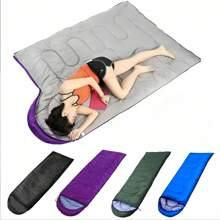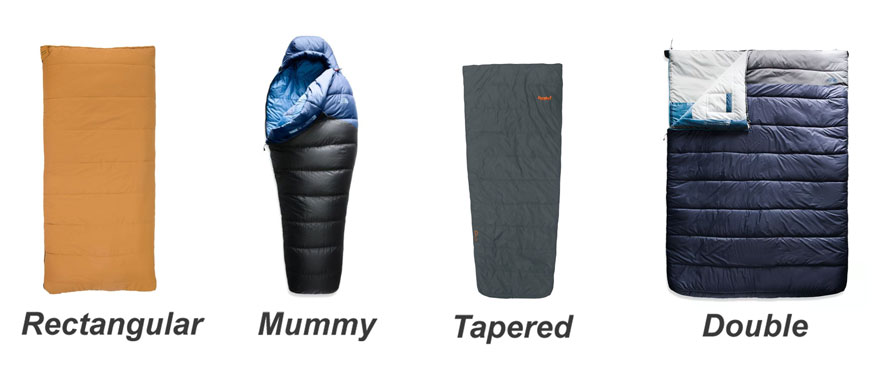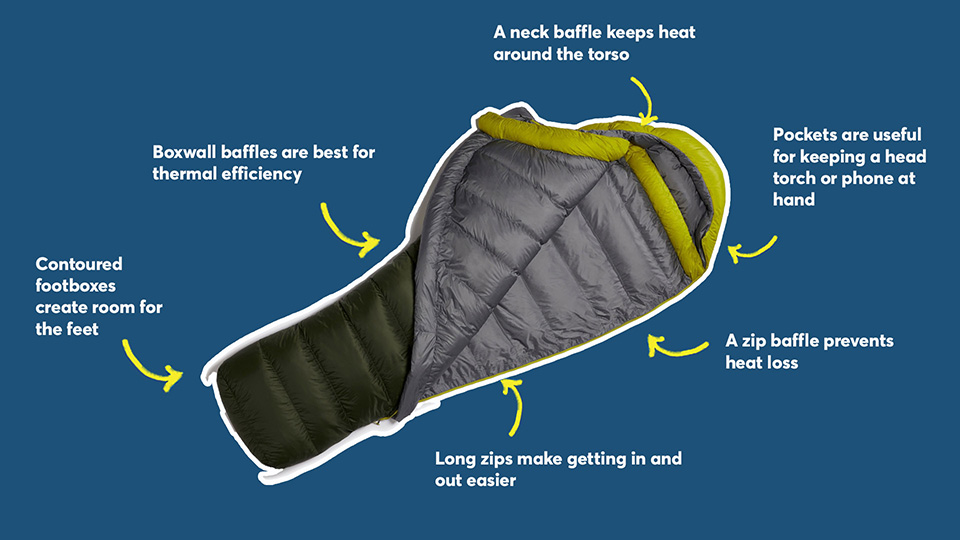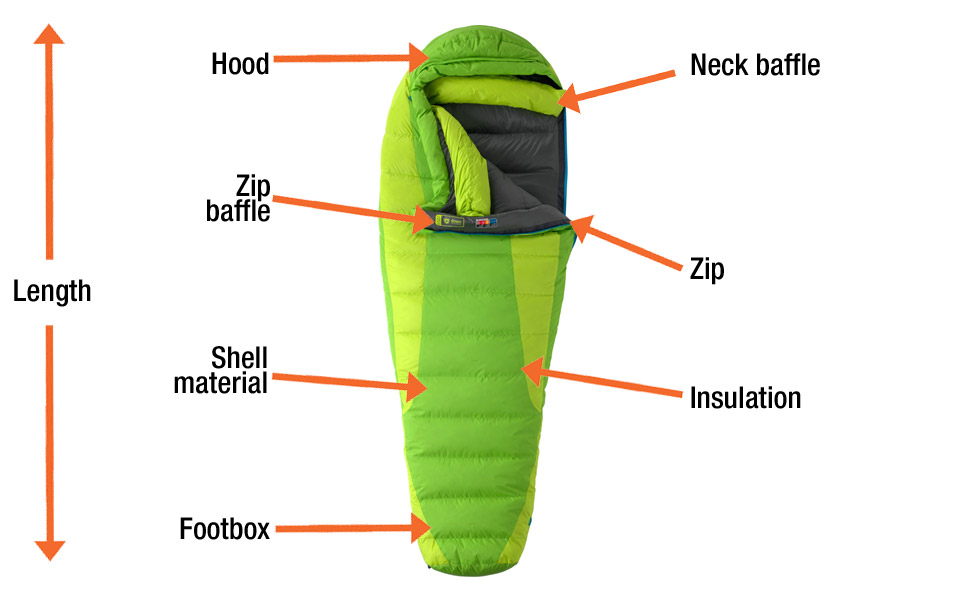When embarking on outdoor adventures, having the right gear can significantly impact your experience. Among the essential items that should never miss in your backpack is a sleeping bag. A high-quality sleeping bag not only provides warmth and comfort but also ensures a good night's sleep, even in the harshest environments. This comprehensive guide will delve into the world of sleeping bags, exploring their types, features, benefits, and how to choose the perfect one for your next adventure.

Understanding Sleeping Bags
A sleeping bag is a portable, insulated covering designed to keep you warm while sleeping in cold environments. It works by trapping a layer of warm air around your body, which insulates you from the cold ground and ambient temperatures. Sleeping bags are lightweight, compact, and easy to carry, making them ideal for camping, hiking, mountaineering, and other outdoor activities.
Types of Sleeping Bags
Sleeping bags are classified based on various factors, including shape, insulation type, and temperature rating. Here are the main types:
Rectangular Sleeping Bags: These bags are shaped like a rectangle and offer ample space for movement. They are suitable for casual campers and those who prefer a more spacious sleeping environment.
Mummy Sleeping Bags: Designed to fit closely around the body, mummy bags are more efficient at retaining heat. They are ideal for cold weather camping and backpacking due to their superior insulation properties.
Semi-Rectangular Sleeping Bags: These bags offer a balance between the spaciousness of rectangular bags and the warmth of mummy bags. They are suitable for a wide range of outdoor activities.

Insulation Types: Sleeping bags can be insulated with either down or synthetic materials. Down insulation is lightweight, compressible, and offers excellent warmth-to-weight ratio, but it may lose its insulating properties when wet. Synthetic insulation, on the other hand, retains warmth even when wet and is more affordable but generally heavier.
Temperature Ratings: Sleeping bags are rated according to the lowest temperature they can keep a person warm. These ratings are typically given in degrees Fahrenheit and range from summer bags (suited for temperatures above 50°F) to extreme cold bags (designed for temperatures below 0°F).
Benefits of Sleeping Bags
Warmth and Comfort: The primary function of a sleeping bag is to provide warmth and comfort, allowing you to sleep soundly even in cold conditions.
Lightweight and Portable: Sleeping bags are designed to be lightweight and compact, making them easy to carry and store in your backpack.
Versatility: With various types and temperature ratings, sleeping bags cater to a wide range of outdoor activities and weather conditions.
Cost-Effective: Investing in a high-quality sleeping bag is a cost-effective way to ensure you have a comfortable and enjoyable outdoor experience.

Choosing the Perfect Sleeping Bag
Selecting the right sleeping bag depends on several factors, including your intended use, personal preferences, and budget. Here are some key considerations:
Temperature Rating: Choose a sleeping bag with a temperature rating that matches the coldest temperatures you expect to encounter during your trip.
Insulation Type: Decide between down and synthetic insulation based on your budget, weight considerations, and the likelihood of encountering wet conditions.
Shape and Size: Consider your preferred sleeping position and the amount of space you need. Mummy bags are ideal for cold weather and limited space, while rectangular bags offer more room.
Weight and Packability: If you're backpacking, opt for a lightweight and compressible sleeping bag that won't add too much bulk to your backpack.
Additional Features: Look for features like a draft collar, draft tube, and zippered pockets that can enhance your comfort and convenience.

Conclusion
A sleeping bag is a vital component of any outdoor adventure, providing warmth, comfort, and a good night's sleep. By understanding the different types, features, and benefits of sleeping bags, you can make an informed decision and choose the perfect one for your next trip. Remember to consider your specific needs, the weather conditions, and your budget when selecting a sleeping bag. With the right sleeping bag, you can rest assured that you'll be well-prepared for whatever adventures come your way. So, gear up, embrace the outdoors, and enjoy the comfort of a high-quality sleeping bag on your next excursion.
Post time: Aug-26-2024
